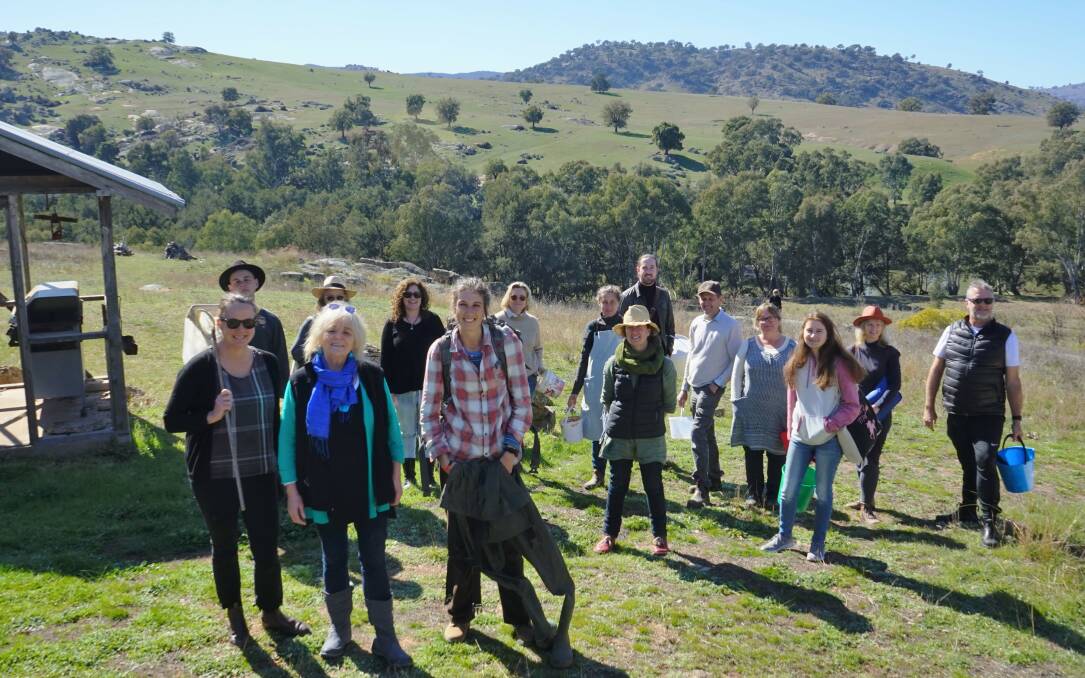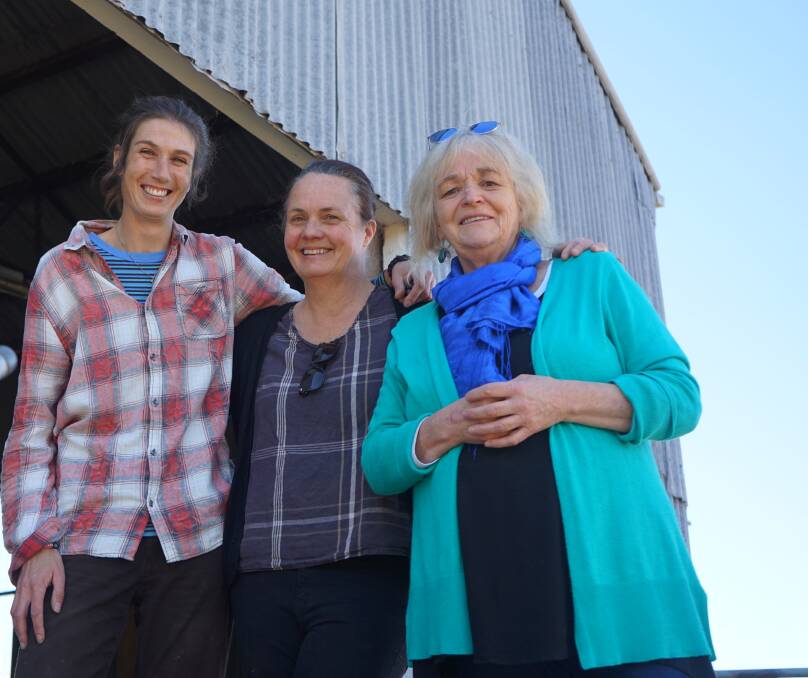Science collided with art at the Corridor project for National Science Week on the weekend.
Subscribe now for unlimited access.
$0/
(min cost $0)
or signup to continue reading
Scientist Doctor Joanne Lenehan and ceramic artist Merran Esson co-facilitated a weekend field-trip working with artists, students and teachers to identify the relationship between humans and nature near Wyangala.

Read also:
Dr Lenehan and Esson say there was a close connection between science and art, drawing on the principles of observation, learning and testing.
"As an artist, you are looking at the world for pattern and process and that's what science is," Dr Lenehan said.
Participants learned about the earthly qualities of clay, the mid-Lachlan River system, and used materials in the nearby environment to create sculpture.
Dr Lenehan is a senior water management officer on the Lachlan River Valley for the Department of Planning, Industry and Environment. She used her knowledge of the river system to identify the health of soil, plant and river ecologies.
Meantime, Woolloomooloo-based artist Esson says a part of art is understanding the scientific chemical changes.
"Artists and scientists notice things, the small changes that are happening around us," Esson said.
"We all notice the big things but the small things remind us of the changing world, whether it be climate or daily the way the light hits object that we have previously missed.
"However, having grown up on a farm, I am so aware of how farmers notice things, the changing pattern of wildlife, birds, weather, temperature."
"It's such a powerful word in science, art and farming."
"Science and particularly ceramics ties in because we are using the materials of the earth.
"Clay is a soft malleable material that is continually being made in the earth's crust. At its simplest, when you model that it something and fire it into a kiln it turns it into rock again. So understanding that isn't key to being a ceramic artist but its key to being a potter."
Ms Esson is particularly interested in the boundaries, or fencelines, created by humans.

"The collision of man and nature and how we create fence lines and barriers and how we divert things, she said.
"I come from a farm in the Upper Murray and I've always been interested in the collision of man and nature.
"I want to get people to look around them at the objects, the whole idea is to make a boulder or a tree. I want to encourage people to juxtapose. It will be more sculptural, it won't be domestic pots."
Multi-disciplinary arts organisation the Corridor project was established in 2010 and is supported by Create NSW. Ecologies of the Landscape workshop linked the arts and science as part of National Science Week last week, it was supported by Inspiring Australia and the National Art School.


